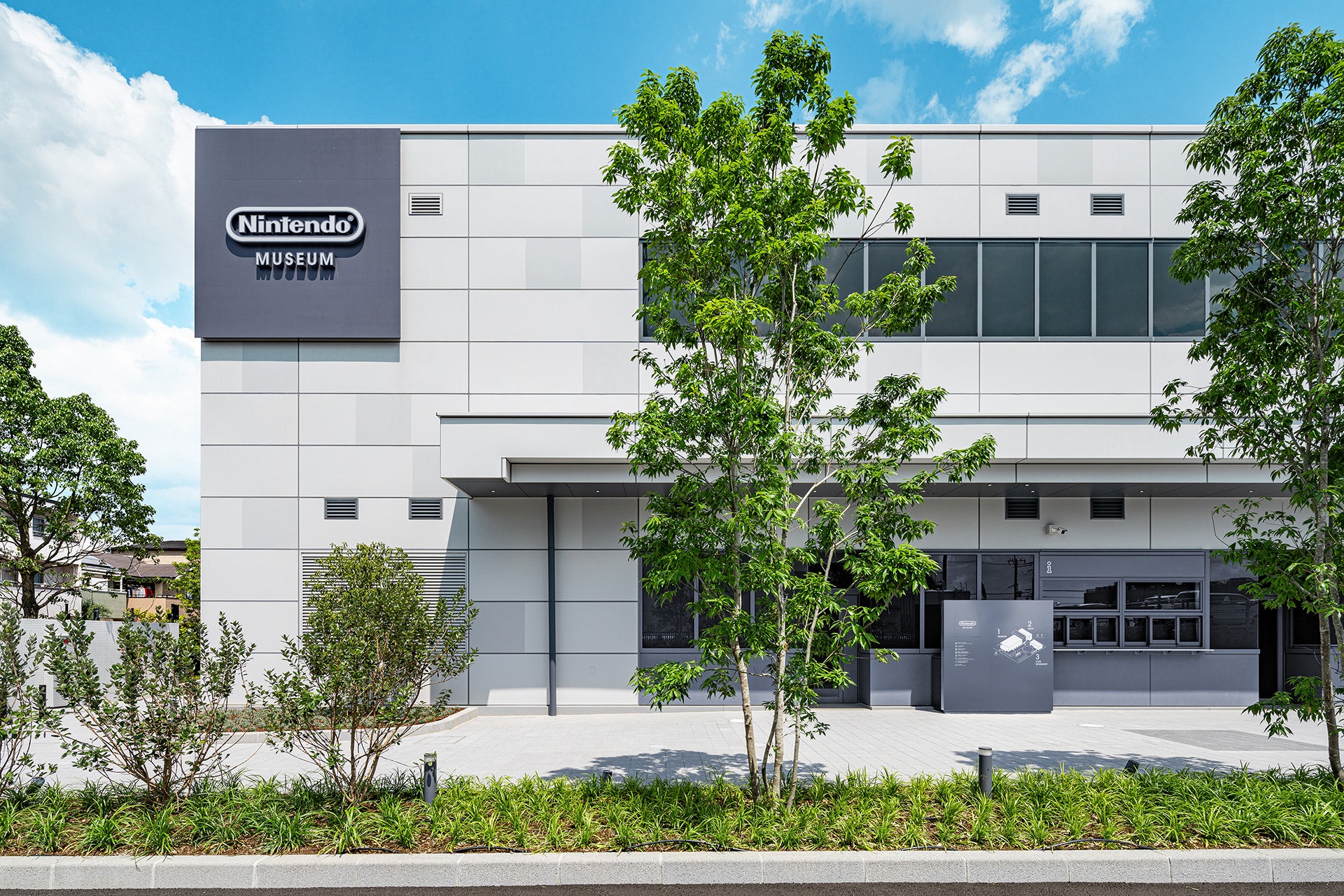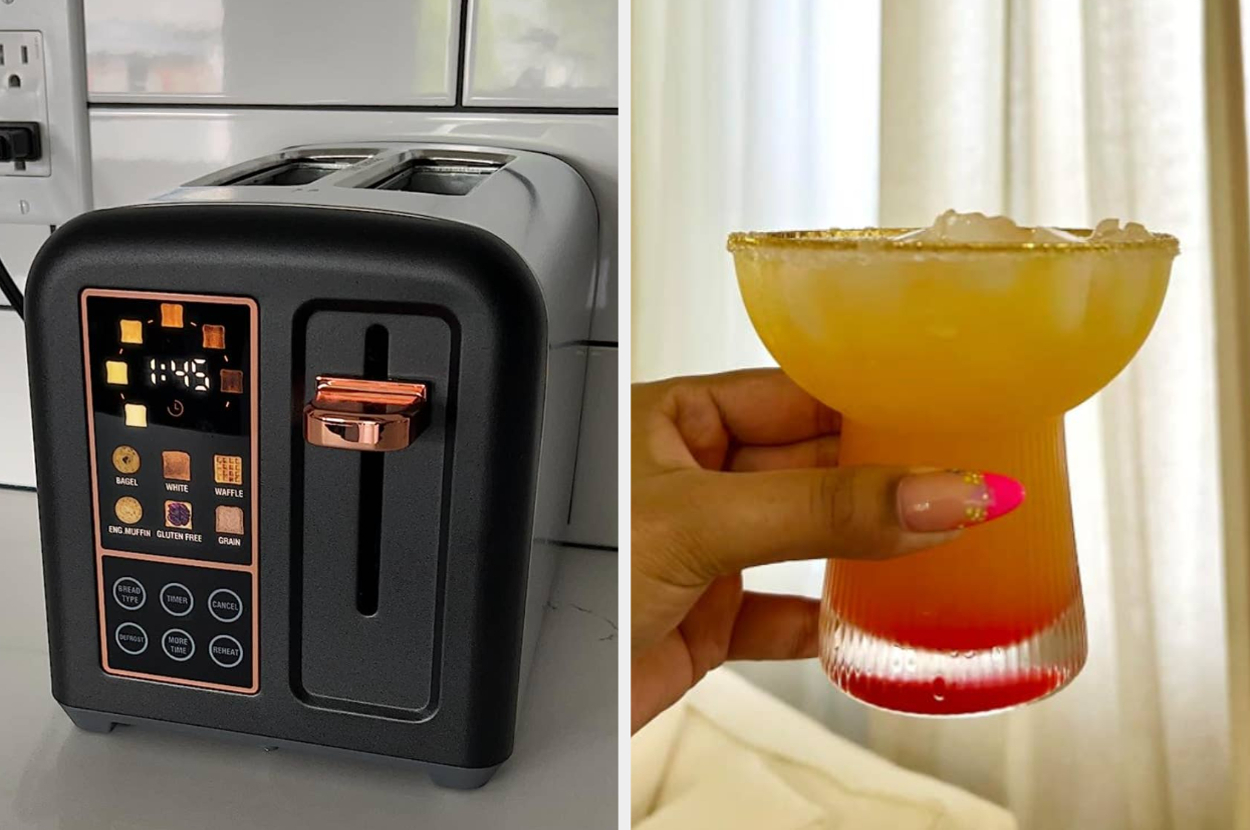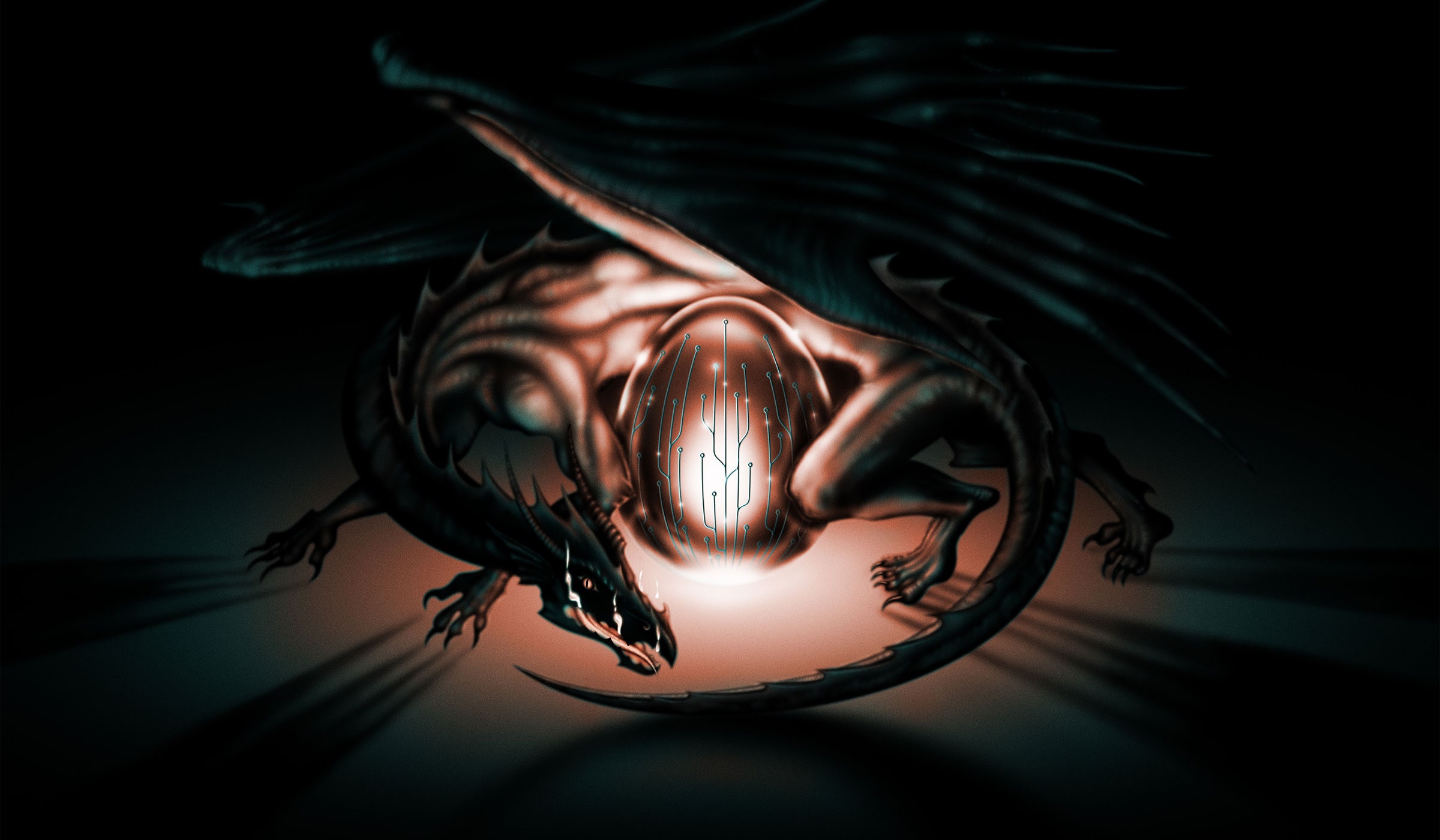This story originally appeared on WIRED Japan and has been translated from Japanese.
Built in 1969 in Uji City, Kyoto, the Uji Kokura factory was originally responsible for the production of toys. Now, more than half a century later, the factory has been reborn as the Nintendo Museum. It will open to the public on October 2, 2024.
Nintendo has recently unveiled details about the new museum. In addition to exhibiting products the company has released in the past—going all the way back to its founding as a playing card company in 1889—the facility will also feature interactive exhibits. There are three interactive sections, named “Learn,” “Experience,” and “Create and Play,” where visitors can experience what it would be like if Nintendo’s various products from its long history were created today, using current technology.
Reinventing Fun
The first floor of the museum is dominated by an exhibit where you can experience new interactive content, newly created just for the museum, that’s based on older Nintendo products. There’s a giant version of a card game based on Hyakunin Isshu, a set of 100 historical Japanese poems, that takes over an entire room. Players open a dedicated app which reads aloud the first verse of one of the poems. Then the players have to wander around the room where giant cards are scattered on the floor to find the corresponding card that continues the poem they just heard.
Shigureden SP is a giant version of Hyakunin Isshu that can be played by up to 20 people at a time. You listen to the first verse read aloud by a dedicated smartphone, and search for the card with the second verse written on it that is spread out at your feet. Players mark their progress by holding the phone over the card.
Photograph: Nintendo
Visitors can also play historical Nintendo home game consoles and their peripherals, as well as brand new mini-games based on toys released by Nintendo in the 1960s, such as the Ultra Machine pitching machine and the Ultra Hand, which featured a telescoping hand that could reach out and grasp objects. They can also try a new mini-game based on the Love Tester, which pretends to measure whether two people are romantically compatible.
Many of the mini-games offer experiences that differ from the original simply by changing the scale, such as Big Controller, in which two people play a console game using giant versions of previous hardware controllers. There’s also Game & Watch SP, in which players control various titles from the Game & Watch series of pocket-sized portable LCD games using only their shadows.
Visitors to the Nintendo Museum will need “coins” to interact with each of these experience. Each person receives 10 coins upon entering the museum, and the number of coins required varies depending on the exhibit or the mini-game. However, it is not possible to experience all the exhibits with just 10 coins, so visitors will have to pick and choose.
In Zapper & Scope SP, players use the handheld Zapper and Super Scope, which were gunlike controllers released as peripherals for the Super NES. Players compete for points in the Mario world spread across a giant screen. The original peripherals worked on cathode-ray tube televisions, but here they have been updated.
Photograph: Nintendo
In the “Create and Play” section of the museum, visitors can try their hand at making things. Hanafuda playing cards—the original Nintendo product, released in 1889—are prominently featured in the “Let’s Make Hanafuda Cards” exhibit, where visitors can actually make Hanafuda cards using a kit. There’s also a “Let’s Play Hanafuda Cards” exhibit where people who don’t know the rules of the game can play with Hanafuda cards using image recognition and projection technology.
Visitors to the Nintendo Museum make their own Hanafuda cards from a kit.
Photograph: Nintendo
You can also play Hanafuda even if you don’t know the rules, thanks to a playing surface enhanced by computer vision and projected graphics.
Photograph: Nintendo
There’s a café called Hatena Burger that serves classic hamburgers and special drinks. At first glance, the interior is simple, but there are Nintendo-like touches scattered throughout, such as stained glass-style art from The Legend of Zelda in the center, Mario-style brick booths, and posters from Animal Crossing: New Horizons.
The Hatena Burger café is also located in the museum.
Photograph: Nintendo
Of course, there’s a gift shop. It’s called Bonus Stage, and it will sell official Nintendo-themed merchandise using the company’s branding from around the world and featuring characters of Nintendo games. There will also be some limited edition items exclusive to the Nintendo Museum.
The preservation of games and the experiences they provide for the future has long been a challenge for game archivists. Nintendo positions the new museum as a “public relations facility” rather than as an archive for game purists, but it is an interesting attempt to preserve the experiences of games and toys that were released decades ago by changing the scale and the way they’re played while also giving them a technological boost.
In that sense, the Nintendo Museum may be trying to preserve the entertainment experience itself. Whether that experience will be as enjoyable as it was decades ago will be decided by those of us who remember the originals.










